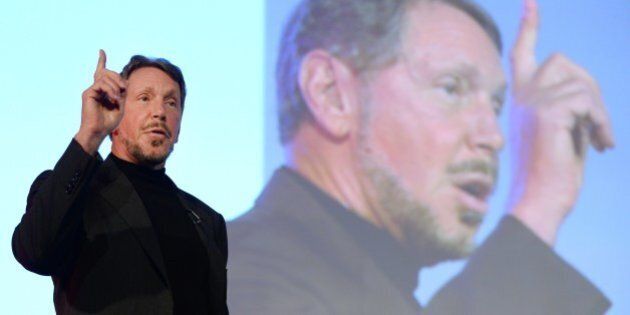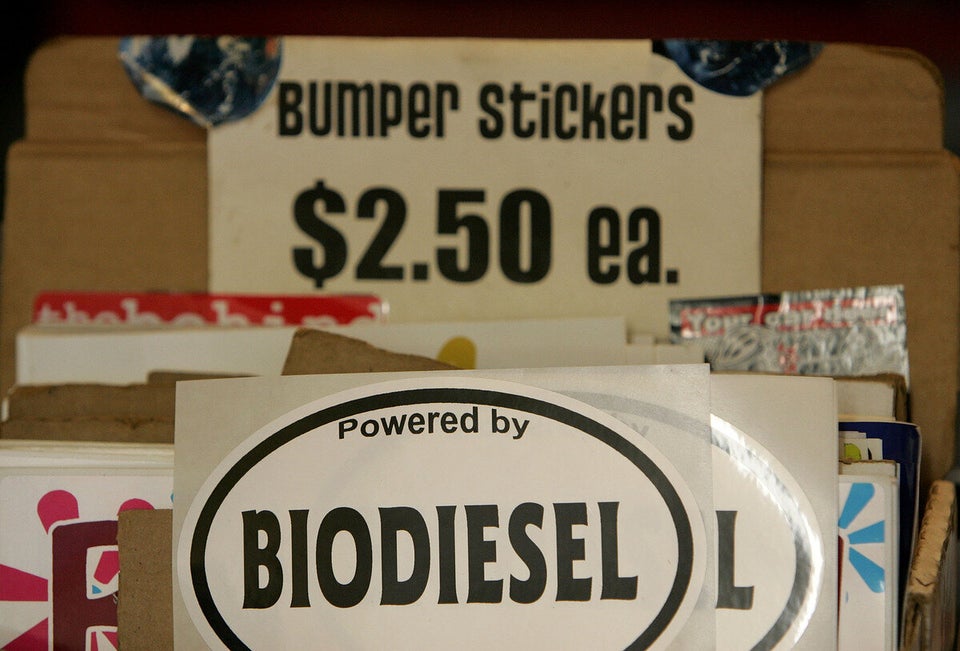
Hawaii set an ambitious goal in May this year; to be the first state to be powered by 100 per cent renewable energy by 2045. The conversion will be phased in; 30 per cent renewable by the end of 2020, 70 per cent by the end of 2040 to 100 per cent by the end of 2045. Lawmakers say the 100 per cent goal will save ratepayers hundreds of millions of dollars in years to come. With over 90 per cent of Hawaii's energy generated from imported oil, their electricity rates are about 175 per cent of the national average.
Oracle CEO Larry Ellison will play a pivotal role in Hawaii's quest for 100 per cent renewables. Most people go to Hawaii; Ellison bought it. In the summer of 2012, Ellison bought most of Lanai; 141 square miles of virtually untouched island paradise southwest of Honolulu with one school, 3,200 people and only 30 miles of pavement. Ellison wants to turn his island into a "model for sustainable enterprise." Electric cars will rule the road, the sun and wind will power the island and the organic farms will be watered with fresh water converted from seawater.
James Dole, the founder of Dole Foods, bought Lanai in 1922. Most of the pineapple groves on the island are abandoned, stripped of nutrients by years of growing the same crop. There is a strain of tree that Ellison would do well to consider for his tired pineapple groves. Pongam trees are drought-resistant evergreens that grow to about 40 feet and seem to have been designed to combat climate change; on average, one hectare of Pongam trees can absorb 30 tons of carbon per year. Pongams are the Swiss army knives of the woods. The seedpods from the beautiful lavender blossoms produce everything from medicines, soap and antiseptics to insect repellent, dyes and lubricants. Pongams are also an excellent source of biofuel; they grow up to 40 feet tall, thrive on marginal lands like abandoned pineapple groves, require little water, are pest-resistant and don't need fertilizer.
Our Larry has always lived large as the world's fifth richest billionaire. His net worth is estimated to be $54.6 billion. Ellison founded his business software company, Oracle Corp., with $1,200 in 1977. He won the 2010 America's Cup sailing race and his first biography is titled The Difference Between God and Larry Ellison: God Doesn't Think He's Larry Ellison. Ellison's former yacht, Rising Sun, is the 11th largest in the world. Apparently, in a "mine is bigger" moment, Ellison specifically designed the yacht to be larger than Microsoft co-founder Paul Allen's. The Rising Sun is 452 feet long and five stories tall.
Larry Ellison isn't the only billionaire trying to fund a sustainable future. Sir Richard Branson founded the Carbon War Room (CWR) in early 2009. He brought together 15 other high-powered entrepreneurs from around the world to figure out how to make the business case for carbon dioxide reduction and sustainable energy development attractive for entrepreneurs. The CWR took a page from Larry Ellison's idea of converting Lanai into a model for sustainable development in June 2012 when it joined the Caribbean island of Aruba in an attempt to go to 100 per cent renewable energy and create the world's second sustainable country by 2020.
The tiny island nation of Tokelau became the first in the world to be fully powered by renewable energy in 2012. Tokelau is equidistant from Hawaii and New Zealand. Most of the 1,400 residents on its three atolls farm the 10 square kilometres of land, much of which is only a few metres above sea level at high tide. A system of solar panels, storage batteries and generators running on biofuel derived from coconuts generate enough electricity to meet 150 per cent of the islands' power demand. The New Zealand government provided funding. With the flip of a switch at the end of October 2012, Tokelau went from being completely dependent on imported fuels to being completely energy independent in one of the largest off-grid renewable energy projects in the world.
This is an excerpt from Captain Trevor Greene's new book There Is No Planet B; Promise And Peril On Our Warming World.
ALSO ON HUFFPOST:
